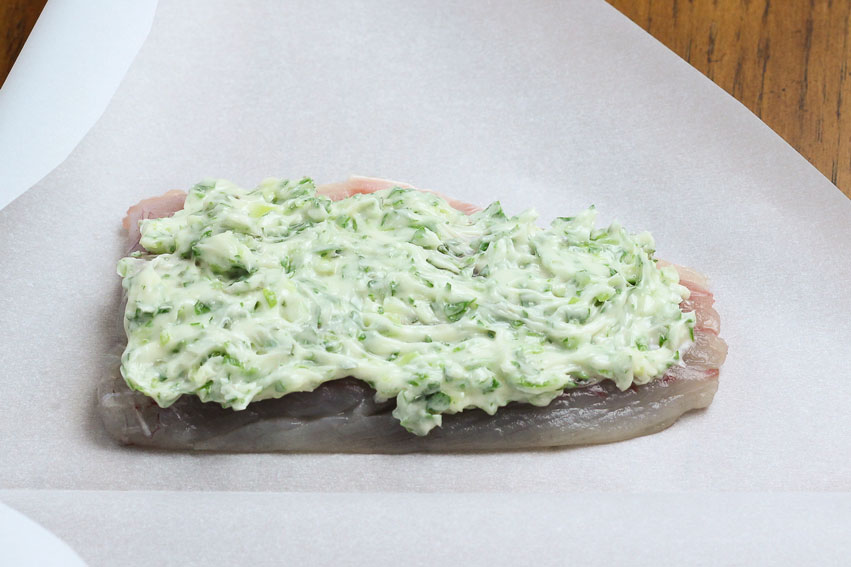IN FROM THE COLD: Fresh vs. Frozen Seafood

This article was published in the Holiday 2014 issue of Coastwatch.
It’s likely that at this time of year, you can only find frozen North Carolina shrimp. But don’t let that deter you from attempting shrimp recipes this holiday season, including the parchment-wrapped shrimp recipe featured in this section.
Fresh can mean many things — and can include frozen seafood.
Many consumers reject frozen seafood, believing that these products are inferior to more recent catch. In reality, as long as it is properly handled at harvest, during processing and at home, frozen seafood can equal — or even surpass — the quality of unfrozen seafood.
According to the National Oceanic and Atmospheric Administration, the quality of most frozen seafood matches that of fish harvested straight out of the ocean. Fresh catches can be processed and swiftly frozen right onboard a properly equipped harvest vessel.
Temperature control is the most effective way of limiting spoilage caused by bacteria. Maintaining the temperature of unfrozen seafood as close to 32 F as possible with ice, refrigeration or a combination of the two is a practical way of extending the quality of seafood for several days. Freezing seafood and storing it below 0 F, however, will allow the seafood to keep for several months.
Also, freezing method matters. Common commercial methods, such as air- blast freezing, freeze the seafood quickly while preserving its texture and eating quality.
Follow NOAA’s recommendations when purchasing frozen seafood:
- Whole fish should be free of surface ice crystals with no discoloration.
- Fillets should be solidly frozen with no signs of frost or ice particles inside the package.
- There should be no evidence of dry or papery edges on seafood or signs of discoloration, such as the fading of red or pink flesh.
- Avoid open, torn or crushed edges on packages.
- Don’t buy packages that are above the frost line in a retailer’s display freezer.
At home, thaw seafood when you are ready to cook it. Place it overnight in your refrigerator, making sure the temperature is no higher than 41 F. Do not try to accelerate thawing by holding seafood at room temperature or placing it in warm water. You risk damaging your seafood’s flavor and texture.
Finally, you can determine the quality of fresh or thawed seafood by touch, sight and smell. To learn the characteristics of seafood, review North Carolina Sea Grant’s Guide to Selecting North Carolina Seafood at go.ncsu.edu/NCSG_quality_counts.
Useful Links
- Choosing Quality, FishWatch: www.fishwatch.gov/buying_seafood/choosing_quality.htm.
- Questions & Answers—Fresh Seafood vs. Frozen Seafood: How to Purchase Seafood: whatscookingamerica.net/Q-A/Fish.htm.
For contact information and reprint requests, visit ncseagrant.ncsu.edu/coastwatch/contact/.
- Categories:


